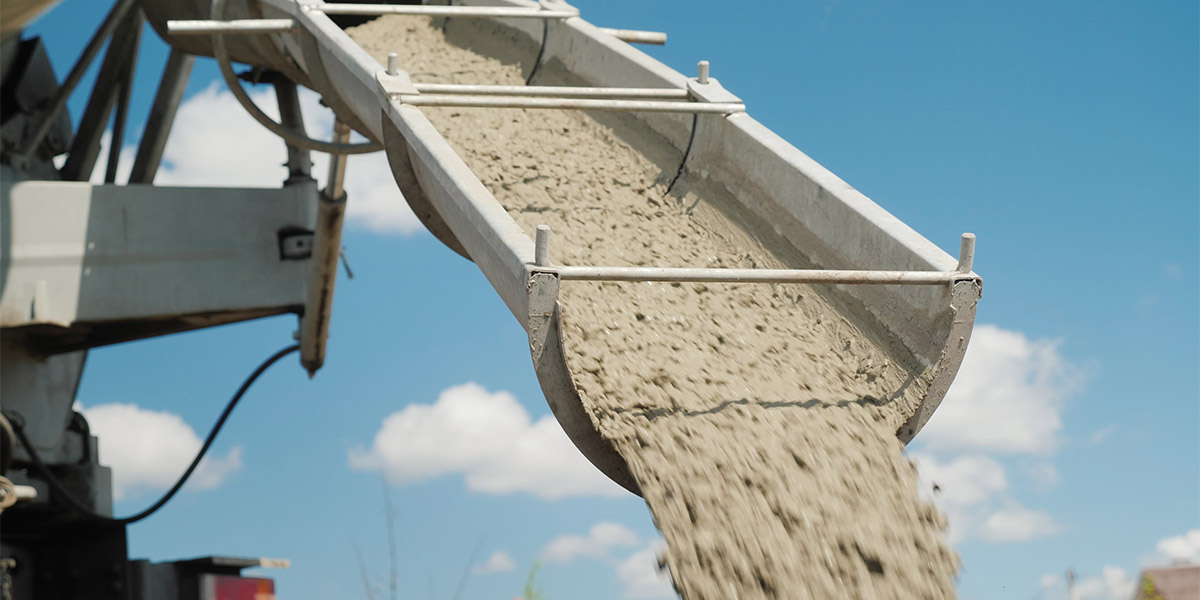
Since the beginning of the human race, we have found ways of using natural materials to build our way into the future. Before the development of many construction materials were founded, our ancestors were forced to use whatever they could find. Luckily for us, the mixtures they invented would pave the way for modern concrete. Thanks to this evolution of concrete construction throughout time, we’re now able to build many architectural wonders and essential structures. But who is it we should thank for making concrete, and just how was it invented?
The first glimpse of concrete construction was back in 6500 BC in Syria and Jordan. The Nabataea traders within these countries found that burned limestone made a chemical reaction with the air, hardening to form a protective and robust surface. This concrete-like mixture was then used to strengthen clay houses and make flooring and cisterns.
Around 3000 BC in Egypt, the Pyramids were made using a similar concrete mixture. Although not made from the same materials we use now in modern-day concrete, the Egyptians used a combination of mud and straw to form bricks and gypsum and lime mortar to bind them together.
The next sign of concrete construction and use was between 300 BC and 476 AD in Roman architecture. Surprisingly, most Roman buildings such as the Colosseum and the Pantheon were made out of materials remarkably similar to that of modern cement. Volcanic ash, lime, and seawater were mixed to form the construction material used to build these amazing Roman structures.
It wasn’t until 1824 that English inventor Joseph Aspdin created cement, which would play a vital role in modern-day concrete. The Englishman burnt finely grounded chalk and clay in a kiln until the carbon dioxide was removed, making ‘Portland cement.’ Aspdin named the material ‘Portland cement’ as it resembled the building stones found in Portland, England. Later on, in the 19th century, Aspdin’s cement was mixed with water, sand, and gravel, then reinforced with iron and steel rods, creating the first-ever reinforced concrete.
After this, concrete rose in popularity, and many buildings, bridges, and structures were built using some form of concrete. In the late 1880s, the US made the first-ever concrete street and concrete bridge, then at the beginning of the 1900s, concrete construction grew to high rises and homes. In 1913 in Baltimore, Maryland, the first-ever Ready Mix concrete was invented - this revolutionized the concrete industry and created a mass boom for both concrete contractors and construction.
Until the 1950s, concrete was purely used for its strength and was seen as aesthetically unpleasant. However, Brad Bowman created the Bomanite process, which made concrete much more visually appealing. This process made concrete decorative, as well as strong and sturdy - this was a big hit for driveways and outdoor flooring.
Now, concrete is a firm favorite for construction workers and contractors alike. Concrete is used for asphalt parking lot construction, high rises and skyscrapers, and many bridges as structural aids. It’s clear that concrete has been and always will be an essential building material!


